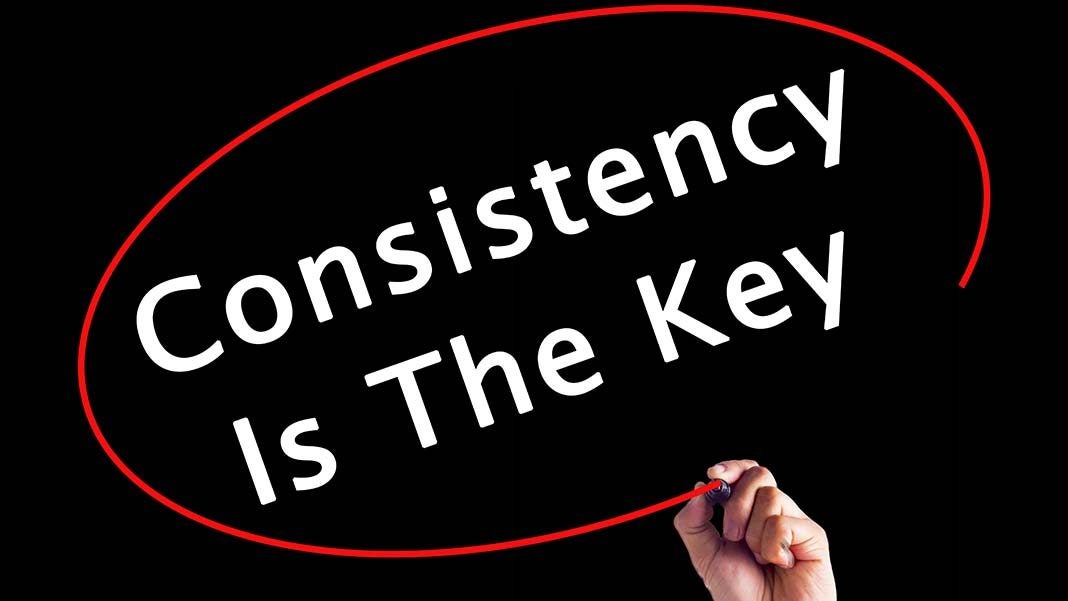5 Fundamental Steps to Ensure Brand Consistency

When Kraft bought Cadbury for $19.5 billion, the value was not in the equipment, the recipes, or the chocolate. The value was in the brand. Intangible assets account for approximately 75% of the value of a business…with brand being one of the major categories. Brands can inspire millions. They can even start movements. But before they can obtain such lofty goals, they must first focus on the basics.
The first step most firms take to re-establish or reinvigorate their brand is typically a new website. These new responsive websites feature layered elements, floated images, ambient video, and the return of texture and tactile details. The trouble with this is that digital design is very different than print design. And when digital comes first, sometimes the print representation of the firm leaves the brand image in trouble.
Sheila Donnelly, Vice President at Precise Continental, a custom print shop with over 35 years’ experience in assisting brands in producing high-quality brand identity materials for financial services firms, walks us through five key considerations when exploring a brand refresh to ensure consistency of your brand image.
1. Understand the difference between how print and digital are experienced
With user engagement as the primary focus of digital design, technology can add layers of graphic elements to enhance, entertain and inform. Print can be highly refined, but at its heart, it’s primarily a 2-dimensional element. So many of the elements one can experience digitally, are not always achievable in print. If your brand image doesn’t convert well from digital to print to give the user a similar experience, brand consistency will fall by the wayside.
2. Start with print, then design for digital
If we agree on the assumption that it’s harder to make a digitally focused brand image faithfully reproduce in print, consider reprioritizing the medium in which it will first appear to make your brand always appear at its best. To do this, rethink the order in which your brand image and elements are designed at the outset and reprioritize the design process. Print is typically the most limiting factor, so use this as your baseline. Think about your brand as someone would see it in print before you develop your website, not afterwards.
3. Consider complementary colors
Oftentimes what you see on your screen (RGB color) doesn’t have a good match to printing inks (CMYK or Pantone Matching System). The “old” way of resolving the issue was to look at the color used on the screen and match for print. And that’s if you can…many screen colors don’t have a very close print match. The new trend is to think of complementary colors, sometimes even creating a full palette to express your brand.
“When color is a key element we typically advise clients to first print the color so they can really see the variation between print and screen. Once they have the printed color where they want it, they can adjust the screen to match—not vice versa. When you have a color that won’t quite work, one idea is to design using complementary colors, then your materials can look deliberately coordinated rather than like inconsistent color matching,” says Donnelly.
4. Use texture and tactile details
With texture and tactile details “hot” in digital design, think about how these can be used in print. Use techniques such as embossing and engraving to give your brand dimension, “raising” your brand image. Organizations use these techniques because they help portray the organization as high quality, professional, and well established.
5. Make your printer your partner
Collaborating with and creating an in-person connection with a printer can be a valuable asset for brands. “Customers are highly influenced by the complete brand experience, and it’s often the most impactful way to reinforce your brand message. Collaborating with your printer at the early stages of design can help identify any production concerns to consider for each item that represents the brand,” says Donnelly. Think of your printer as your partner. I can’t stress this enough. We consider ourselves part of your team; it’s our job to help make your visions, reality. And, if we are helping you through the process of establishing the brand, it is in our best interest to protect its guidelines.”
Digital disruption, an expanded competitive landscape, increased regulatory scrutiny…all are rapidly colliding into the realization that a consistent, high-performing and differentiated brand has never been more important to gain a competitive foothold.
3211 Views












